Top 10 American Culture, Customs and Etiquette
Should you remove your shoes when visiting friends? Should you greet those on elevators with a smile? When thinking about the dos and don'ts in your own ... read more...nation, these questions might not seem like the most obvious ones, but things that you might not even consider at home can have a major impact abroad. Here is a list of American Culture, Customs and Etiquette.
-
In general, American greetings are rather informal and relaxed. In social circumstances, it's becoming more normal to greet someone with a grin or a nod rather than a handshake. When meeting someone for the first time, handshakes are customarily followed by a "How d'ya do?" or "How you doing?" based on where you are in the US. When meeting and parting, handshakes are typically anticipated in the business world. The exchanging of pleasantries is done out of politeness rather than sincerity.
Americans may utilize phrases like "call me some time," "let's have lunch," or "see you around" as more polite alternatives to saying "bye." When introducing someone, provide their entire name and a brief bio, such as "This is Larry Whyte; he teaches science at the neighborhood school."
When meeting someone formally for the first time, a handshake is given. When meeting, relatives and friends give each other hugs. For hello or farewell, some people may also prefer to give each other a cheek kiss. Always check with the person first to make sure they are okay with you hugging or kissing them.
You can be friendly to strangers by grinning at them. When necessary, say "sorry," "pardon me," and "thank you." When someone is speaking to you, make eye contact. Keep your distance and respect the other person's privacy when you are speaking with them.

https://www.thoughtco.com/ 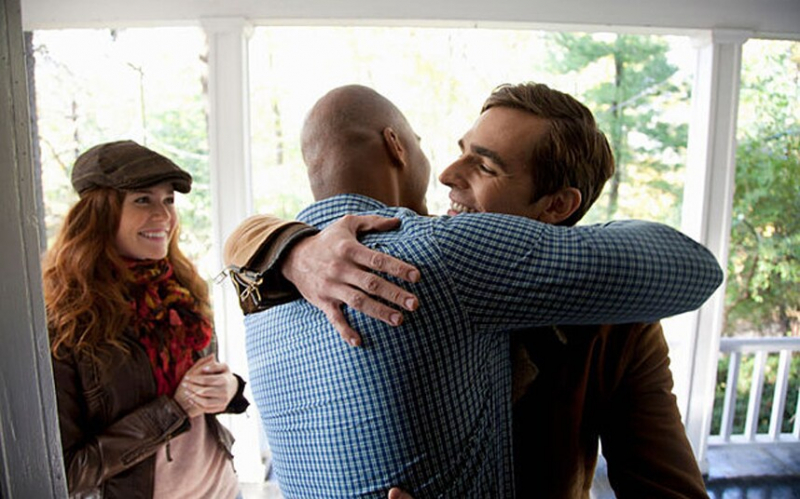
https://www.telegraph.co.uk -
Over breakfast, lunch, and supper, Americans socialize and conduct business. Socializing is limited at the beginning and conclusion if business is the main objective. It's more important to eat during social gatherings than to speak and linger over the food for hours. You should pay if you invite someone to a restaurant.
The knife is held in the right hand, while the fork is held in the left hand with the palm down. If offered, napkins are set down on the lap. A toast may be spoken at the beginning of a formal meal or in honor of a noteworthy guest or occasion. You are permitted to decline specific foods or beverages without giving a reason.
A lot of food is consumed by hand. Food is frequently served family-style, which entails passing large serving dishes around the table so that each person can help themselves. Wait until the hostess starts or says to start eating before you start. Until you are requested to sit down, keep standing. Avoid leaning your elbows against the table.
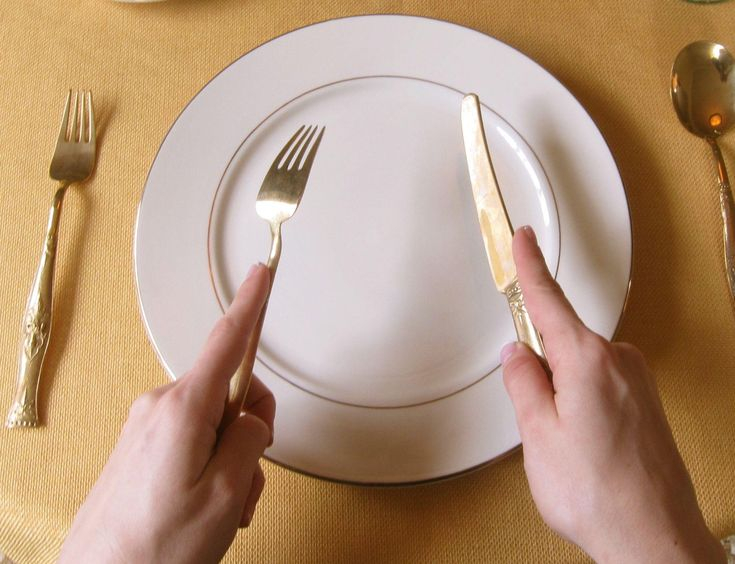
https://www.pinterest.com 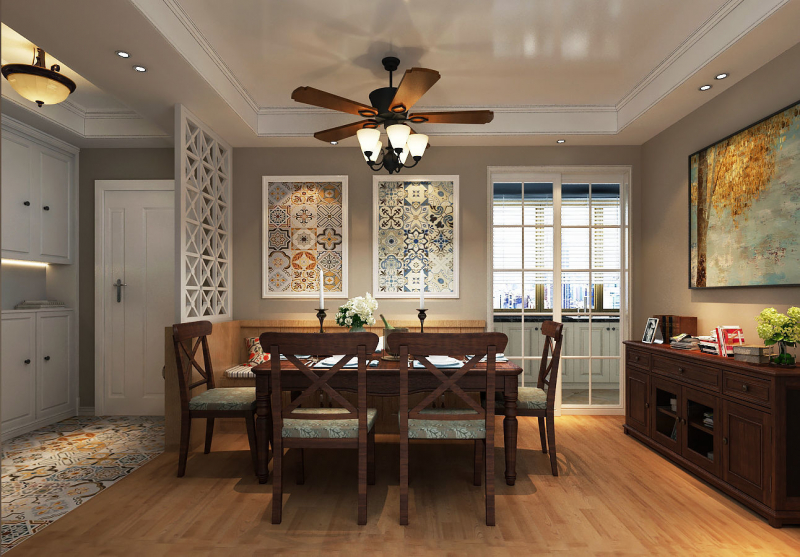
https://www.cgtrader.com -
Where you conduct business in the USA will determine the appropriate attire. What is proper or not will depend on the climate and regional culture. Folks in the West are recognized for being a little bit more casual, whilst people in the East tend to dress more formally.
Until it is known what the acceptable dress code is, it is advised to always wear conservative clothing.
Men ought to dress in shirts, suits, and shoes. In most States, ties are worn, but not always. Traditional hues like black, blue, grey, etc. should be used.Women should dress modestly and wear little jewelry and makeup. Tight attire, short skirts, and low-cut blouses are inappropriate. In many businesses, "Casual Friday" is the norm. Most employees at high-tech organizations dress casually every day.

https://fashionetmoi.com 
https://stylescout.blogspot.com/ -
Due to the importance of time and punctuality to Americans, arrive on time for meetings. People in the Northeast and Midwest are notoriously on time and consider being late for a meeting or appointment to be disrespectful. Although people can be a little more laid back in the South and West, you should always come on time, even if you have to wait a short while before the meeting starts, just to be safe.
Although meetings could seem casual, they are actually taken quite seriously. An agenda will be followed if there is one. There will be a summary of the decisions made, a list of who will implement certain aspects, and a list of the following actions at the conclusion of the meeting. Following the meeting, there will be a summary of the decisions made, a list of who will carry out certain aspects, and a list of the subsequent stages and their respective assignees.
If you give a presentation, it needs to be concise and direct. Visual aids ought to strengthen your argument even further. Use statistics to support your arguments, since Americans are impressed by verifiable information and proof. With a focus on managing time, business is done quickly.
Before getting down to business, expect virtually little small talk. At the initial meeting, it's typical to try and come to an oral agreement. Instead of fostering a connection, the focus is on signing a contract. Once the initial contract has been signed, the relationship may progress.

http://www.huffingtonpost.com 
https://cognoscolearning.com/ -
America is one of the most religiously developed nations in the world, despite the fact that its governments uphold the principle of separation of church and state. Even if organized religion is on the decline in the US, this is reflected in day-to-day living there. Individuals can practice their religion freely and openly in American society.
According to PRRI's 2020 Census of American Religion, 23% of adult Americans identify as religiously agnostic, while 5% of Americans identify with non-Christian religions. Of adult Americans, 70% identify as Christians.Around 70–78% of individuals in the USA identify as Christians. Although Catholicism is the most common religion, all Protestants—including Baptists, Methodists, Lutherans, and Presbyterians—outnumber Catholics. The largest non-Christian religion is Judaism (about 1.6%), which is followed by Islam (about 0.5%) and all other significant religions like Buddhism, Sikhism, etc.
The Mormons and Shakers are two examples of Christian movements that originated in the USA.
In America, 15% of people identify as atheists. Despite being a secular nation, politics are heavily influenced by religion, especially at the presidential level.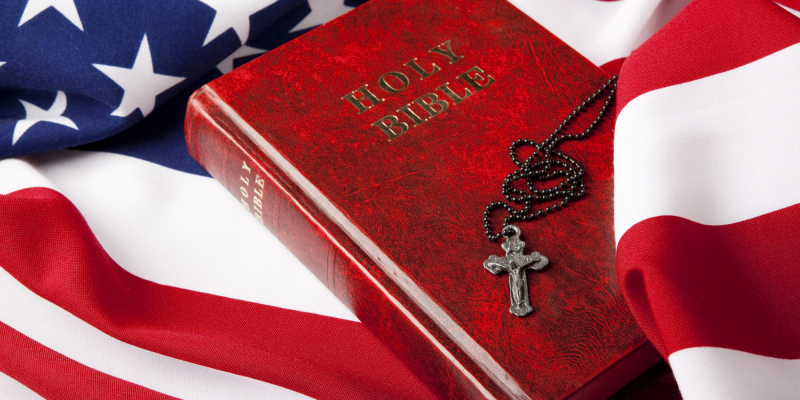
http://www.huffingtonpost.com/ 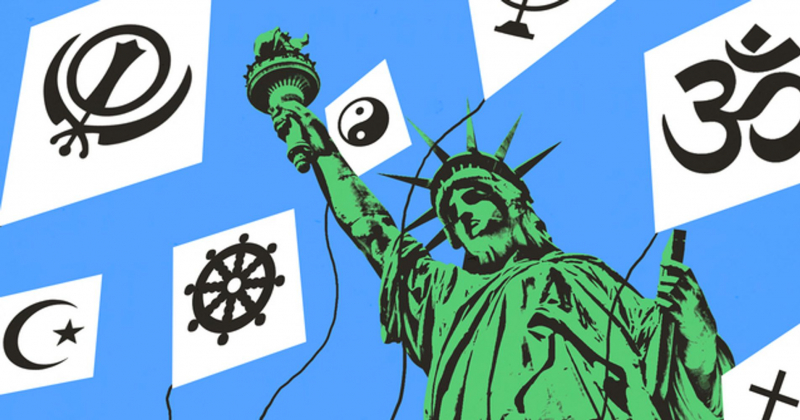
http://www.huffingtonpost.com -
It's time to learn basic etiquette rules now that you've reviewed the history, origins, and a broad overview of American society. During your transitional period in America, having a basic understanding of manners can be quite beneficial in preventing awkward situations.
Do not be afraid to apologize, rectify your behavior, and let those around you know that you are learning and will behave better if you offend someone. In general, it's wise to keep in mind that etiquette is only a set of customs that locals observe. You can take your time learning them as long as your behavior does not insult, injure, or disrespect those around you.
It's time to learn basic etiquette rules now that you've reviewed the history, origins, and a broad overview of American society. During your transitional period in America, having a basic understanding of manners can be quite beneficial in preventing awkward situations.
Do not be afraid to apologize, rectify your behavior, and let those around you know that you are learning and will behave better if you offend someone. In general, it's wise to keep in mind that etiquette is only a set of customs that locals observe. You can take your time learning them as long as your behavior does not insult, injure, or disrespect those around you.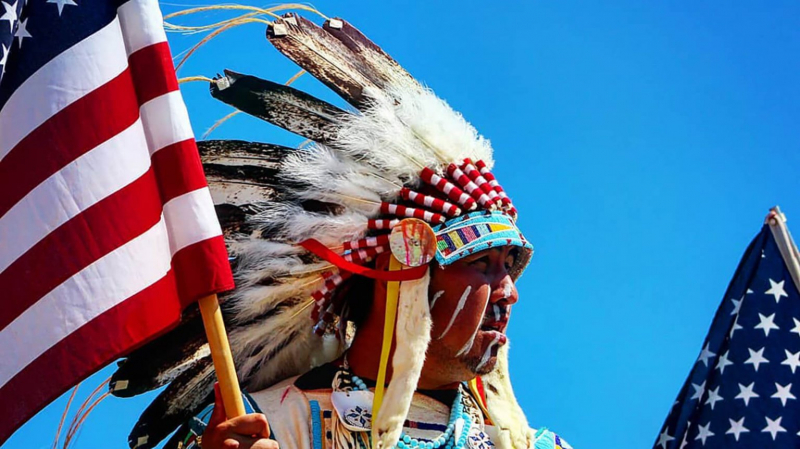
https://travelwyoming.com 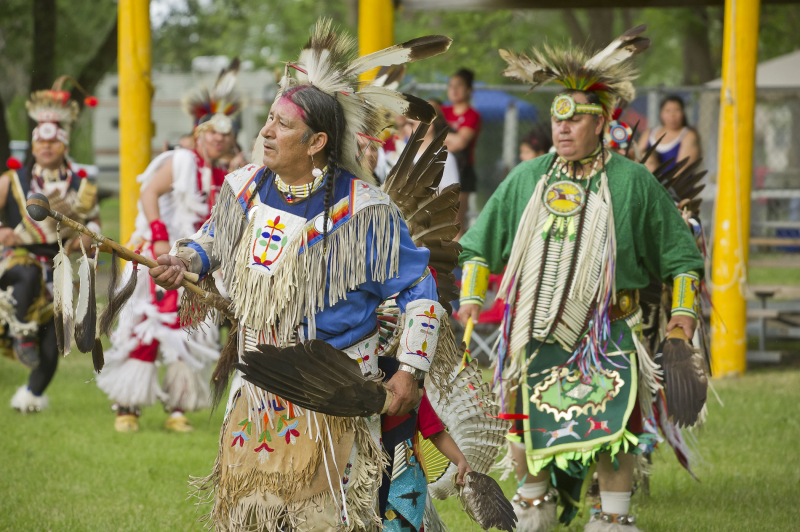
https://visitnebraska.com -
American diners typically chew discreetly and cover their lips. Not as a tribute to the chef, burping is considered impolite. Americans enjoy desserts! In general, American hospitality is more informal. Instead of using utensils, people consume pizza, hamburgers, and sandwiches with their hands.
When it comes to food, Americans frequently prioritize convenience. They don't take as much time to prepare and enjoy their meals. The popularity of fast food establishments, convenience stores, pizza delivery services, and "carry out" choices can be attributed to the pace of life.
Americans typically consume three meals per day. It's typical to eat cold cereal with milk. However, other typical breakfast alternatives include bread, fruit, bagels, yogurt, and eggs. Americans frequently have a light lunch when they are "on the go."
Suggestions for lunch include salads, sandwiches, and soup. Usually consumed between noon and two o'clock. The largest of the three meals, the evening meal is normally had between 5:30 and 7:00 p.m. Dinner or supper is the name for this meal. Pizza, pasta, and meat or fish and veggies are typical meals.
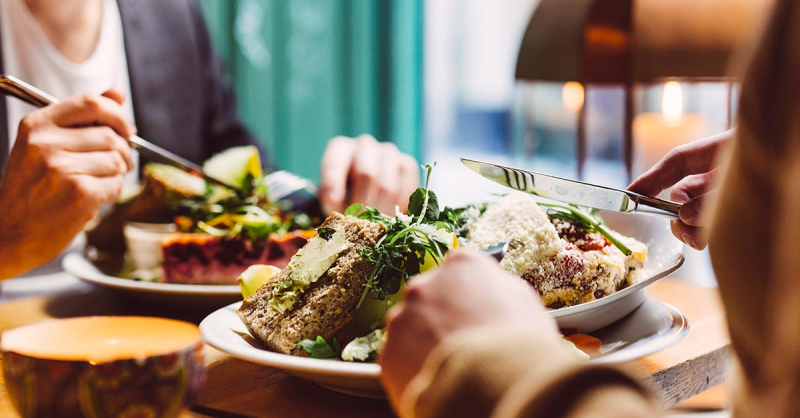
https://news.gallup.com/ 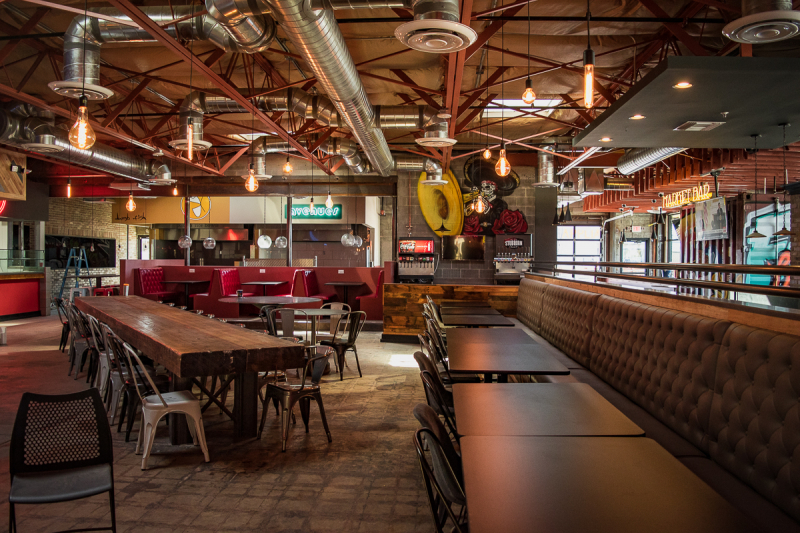
https://tucsonfoodie.com -
It's not uncommon to receive a casual invitation to a home in America. One should arrive no more than 10-15 minutes late without letting your host know you'll be late, and they should wear casual but smart clothing. It is considerate to leave as close at 8 o'clock if an invitation specifies 6 o'clock to 8 o'clock. A gift or some drinks are appropriate if there will be food at the event. Send a note of thanks after the event to your host.
The majority of Americans enter a home without taking off their shoes. Bringing a small gift for the hostess of the house you're visiting is appropriate and considerate. Americans anticipate visitors to arrive promptly at the scheduled time. In most houses, meals is typically served family-style, with each member helping themselves. Simply pass a dish to the next person if you don't want one of the dishes being passed to you.

http://houstonchildrenscharity.org/ 
https://platternboe.com.au -
Americans often find foreign languages and cultures fascinating, so you'll probably have lots of inquiries about where you're from. These kinds of queries are almost always asked with friendliness and curiosity. Shaking hands while meeting someone new or being introduced is considered polite. In less formal settings, it is frequently left out. Leave roughly an arm's length of personal space between yourself and others unless it's extremely crowded.
Adults should avoid approaching or addressing youngsters they do not know directly (although why would you do this in the first place?). Urban American youngsters are raised to be suspicious of strangers. There's a danger that someone nearby will incorrectly assume that you want to phone the police. If a male adult and a female youngster are involved, it may potentially lead to charges of attempted statutory rape or something even more serious like contributing to a minor's delinquency in some metro areas/regions. Address the adult the youngster is with if you have something to say to them.
In the United States of America, videotaping in any indoor public space is strongly discouraged and may easily result in eviction from the property, even without warning. Shopping centers, shops, restaurants (including Hooters and Tilted Kilt restaurants), museums, arcades, movie theaters, nightclubs, bars, taverns, and stadiums are among the locations where guests are specifically prohibited from videotaping. Additionally, strip clubs and other places where clothing is optional often forbid the use of cameras (both still and moving picture). Additionally, certain theme parks—most notably Six Flags amusement parks, many of whose attractions are even covered by copyright—forbid videotaping.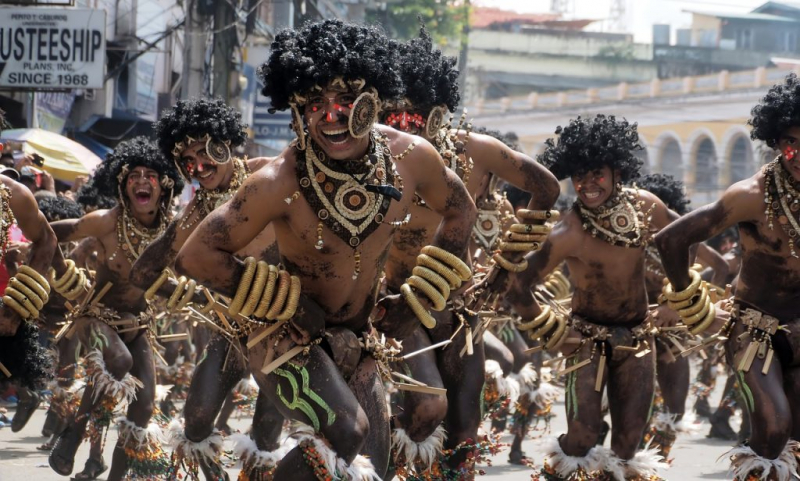
https://www.usaesta.co.uk/ 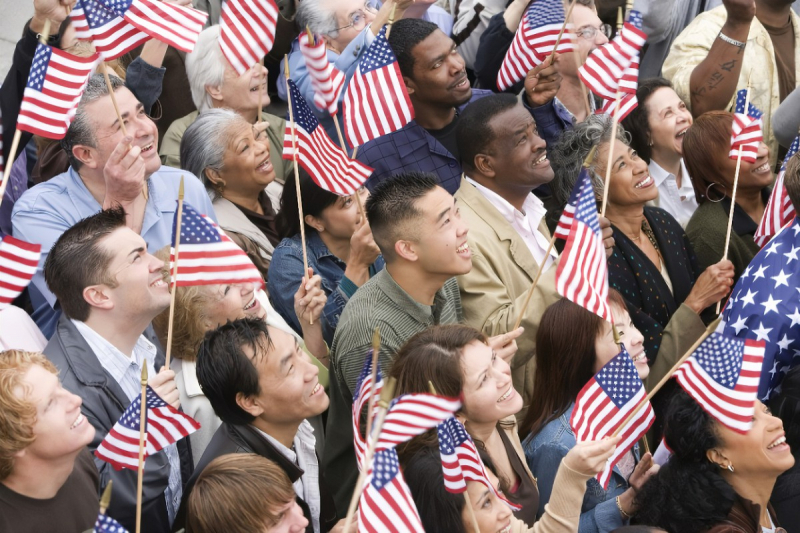
https://www.medcomrn.com -
There are some taboos that you should pay attention to, including spitting, talking about politics, religion, sex, or racism, cursing, talking about whether abortion is right or wrong, smoking everywhere, even outside. For example, If you choose to criticize the American military or foreign policy, exercise caution. Although Americans are free to criticize their government and military at will and frequently do so without repercussion, they are tired of hearing the frequent (and frequently inaccurate) complaints from foreigners.
Americans are particularly sensitive about racial issues as a result of the nation's long history of racial discrimination and its efforts to achieve racial equality. Black or African-American, Asian, Latino or Hispanic, Native American or American Indian, and White or Caucasian are appropriate phrases to use while discussing race.Americans frequently refer to East Asians (including Southeast Asians) when they use the word "Asian" by itself to describe people, not South Asians. East Asian populations are bigger and more established than South Asian communities in most of the US. (Note that this usage is completely at odds with British English, where "Asian" by itself only refers to South Asians and East Asians are more commonly referred to as "East Asians.
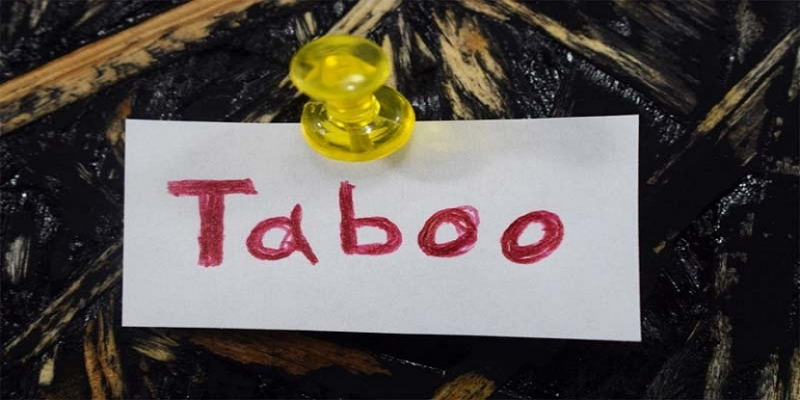
https://www.aboutpakistan.com/ 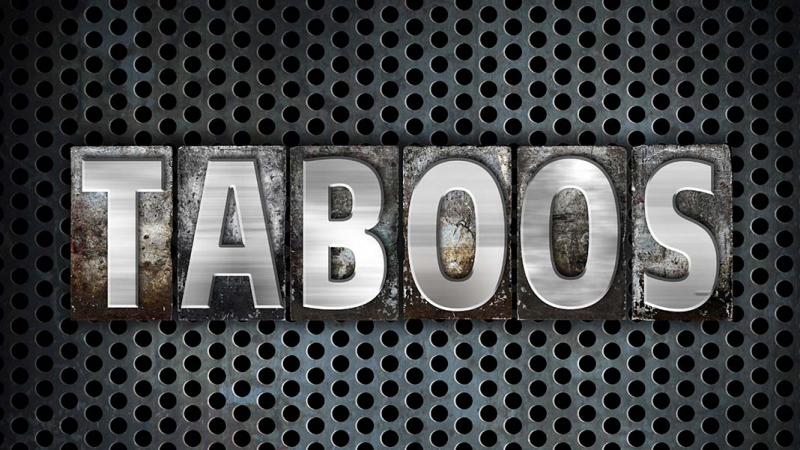
http://smallbizclub.com































